Recently, the United Nations released a progress report on the Convention on Biological Diversity that showed global biodiversity loss is a continuing catastrophe, and deforestation for agriculture is one of the biggest culprits.
We spoke with three experts – Nespresso regional manager Juan Diego Roman; Eric Ponçon, an executive who works with farms that supply coffee to Nespresso; and Viviana Ruiz Gutierrez, an ecologist from the Cornell Lab of Ornithology – about how coffee can be an agricultural force for restoring biodiversity, instead of draining it.
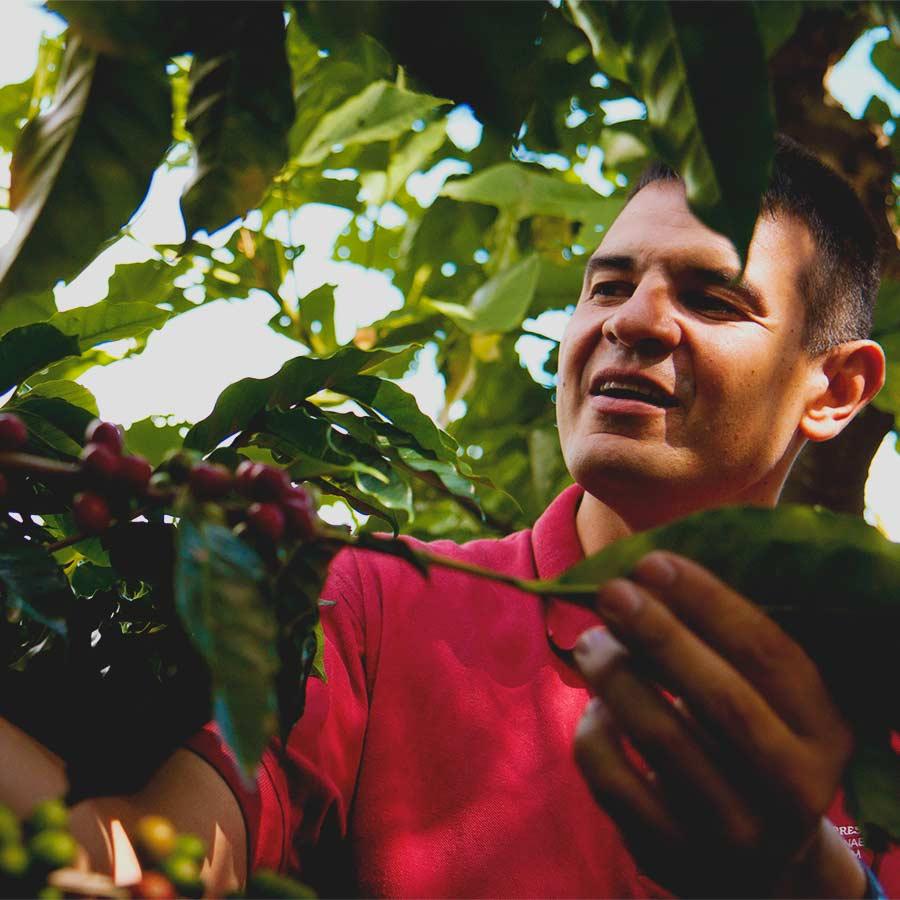
Juan Diego Román
Juan Diego Román is the Central America regional manager for the Nespresso AAA Program, working closely with both the farmers and network of agronomists in the region.
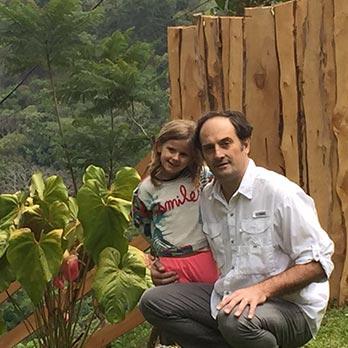
Eric Ponçon
Eric Ponçon is the Central America regional director for the Coffee Division of Ecom Agroindustrial Corporation. Eric is an Aspen Leadership Institute Fellow and recipient of the Sustainable Standard Setter Award by the Rainforest Alliance.
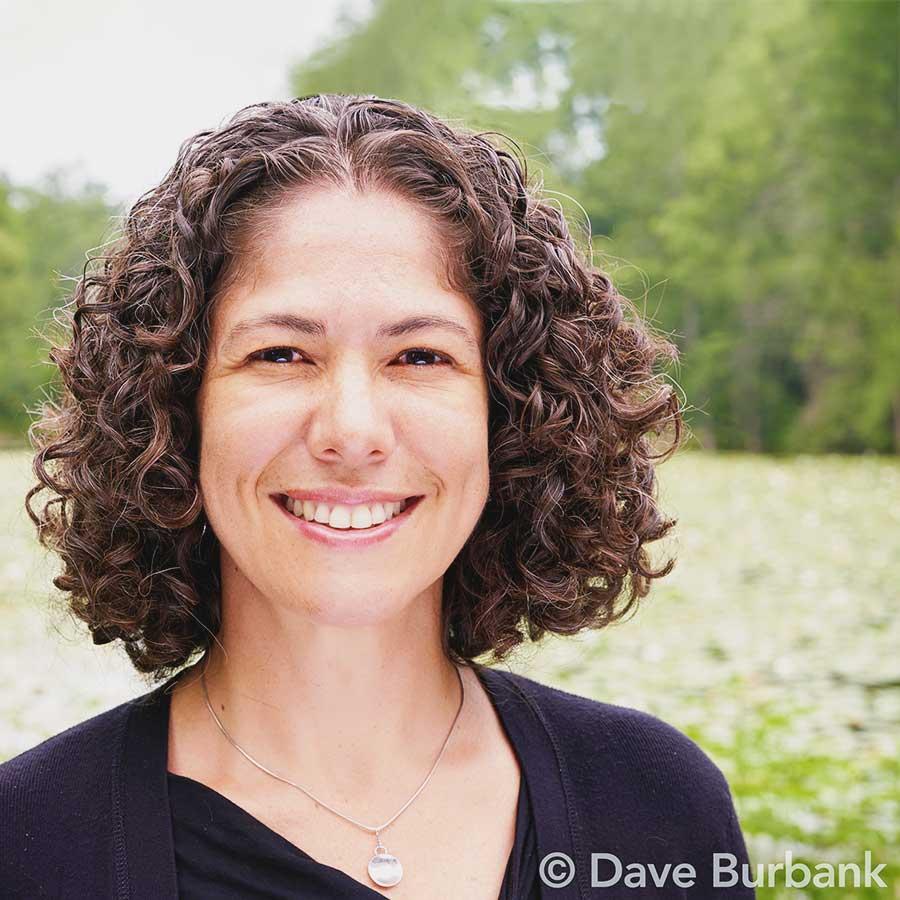
Viviana Ruiz-Gutierrez
Dr. Viviana Ruiz-Gutierrez is an Assistant Director of the Center for Avian Population Studies at the Cornell Lab of Ornithology. She is a native Costa Rican with two decades of experience in leading conservation projects in Latin America. Viviana is the main project lead of the collaboration between the Cornell Lab of Ornithology and Nespresso.
WITH GLOBAL BIODIVERSITY DECLINING AT SUCH ALARMING RATES, IS COFFEE FARMING PART OF THE PROBLEM?
JUAN:
At Nespresso, we actually see coffee farming as part of the solution to this biodiversity challenge. For almost 20 years, through the AAA Program, we’ve been promoting practices to protect and restore ecosystems on coffee farms in some of the world’s most biodiverse areas in Central and South America. So, I would say that it is coffee farming that’s done without sustainable principles that is part of the problem.
VIVIANA:
Due to climate change, many coffee farms are predicted to move upslope into newly suitable microclimates higher up in mountain tropical forests. These are some of the world’s last strongholds for intact tropical forests and biodiversity.
ERIC:
That’s true. Science forecasts the global area suitable for growing coffee will be halved by the year 2050. Even worse, in my home country of Nicaragua, coffee production could be extinct by 2050 – devastating in a country where coffee is the most important export crop. That is why alongside Nespresso, we took the decision many years ago to act in this space, adapting coffee farms to climate change and maintaining the health of tropical ecosystems.
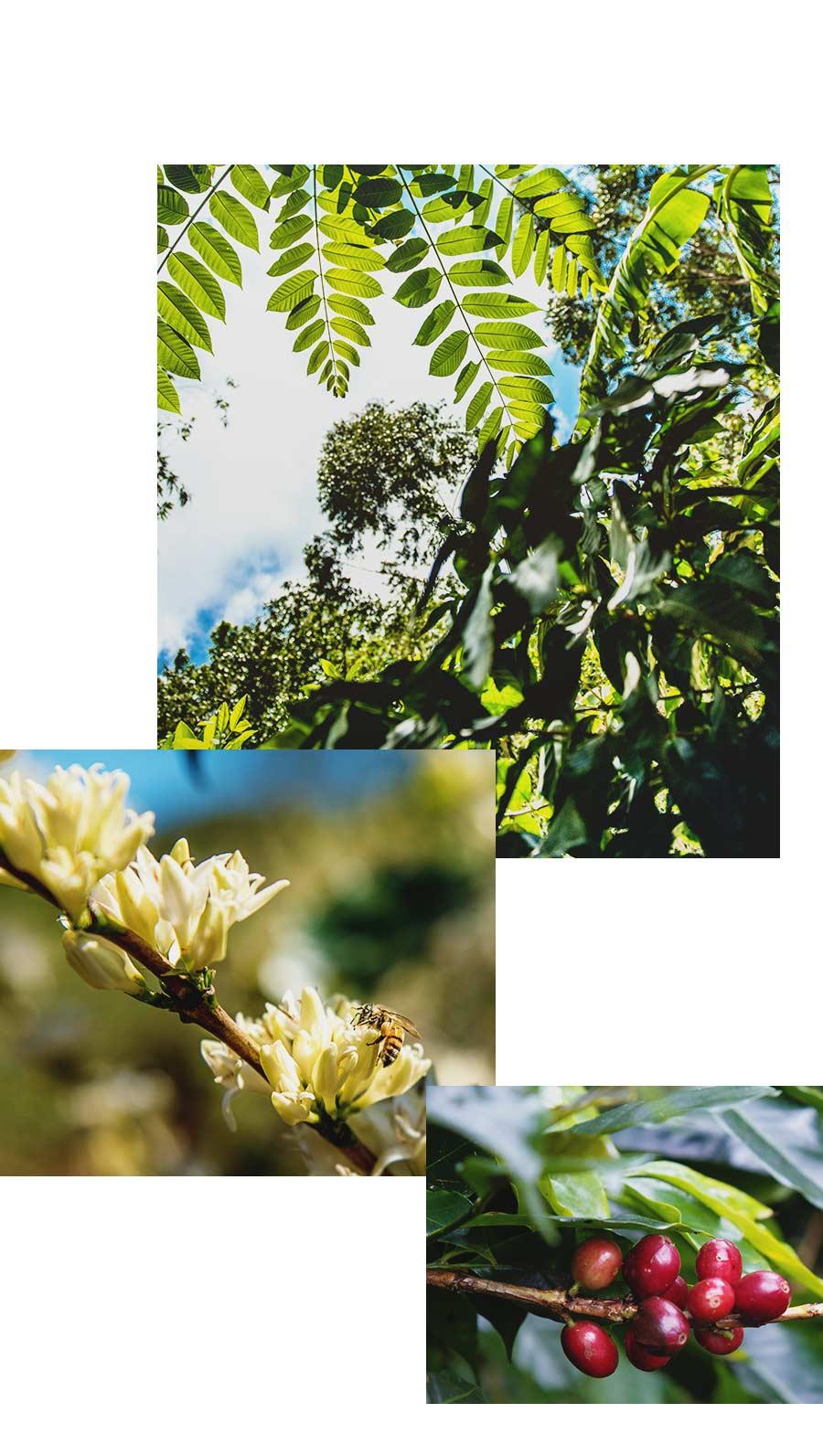
HOW EXACTLY CAN COFFEE FARMING HELP RESTORE ECOSYSTEMS?
VIVIANA:
The Nespresso AAA Program promotes the protection of existing forests, the conservation of waterways and rivers and the increase of tree diversity in and around farms. Amongst others, these actions help restore the effective functioning of the ecosystem – including what’s known as ecosystems services. When there are trees that provide enough food and shelter, this is potentially a good habitat for bird communities.
ERIC:
These actions also help restore the futures of people, by promoting farmers higher up into the coffee value chain. That is, working in a way so that restoring ecosystems also improves economic sustainability. The ecosystem services are at the source of the economic sustainability of coffee farmers. When the soil remains fertile, the temperature remains consistent, the pests and diseases are managed, coffee farmers can harvest a good and productive crop. In short, protecting biodiversity and ecosystems means ensuring a stable and viable income for farmers and improving the resilience of their communities.
HOW CAN WE ENGAGE EVERYONE IN THIS JOURNEY?
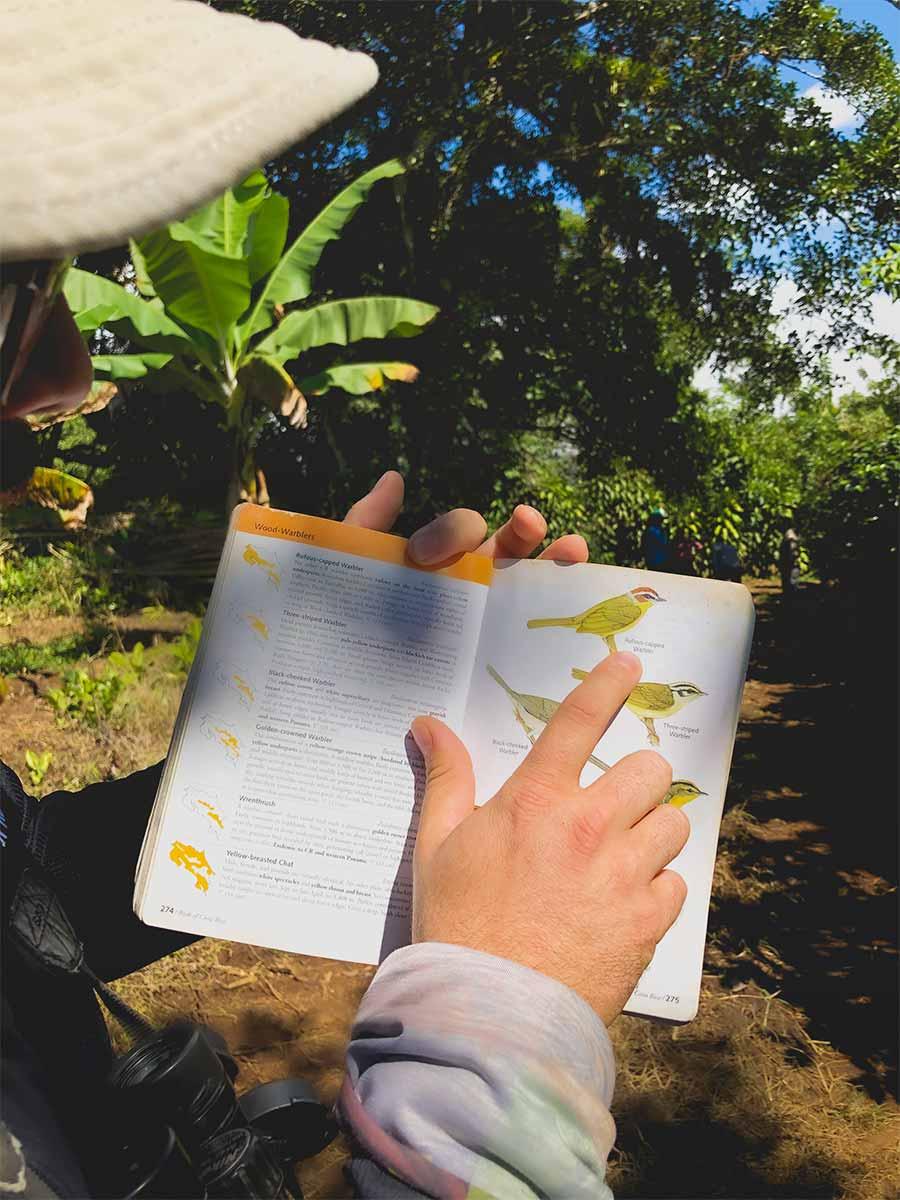
JUAN DIEGO:
Science holds the key. In our collaboration with the Cornell Lab in Nicaragua, Costa Rica, and Colombia, scientific evidence is generated that shows how the sustainability efforts of AAA farmers pays off – delivering diversity conservation and restoration. I’d say that the role of the farming community is absolutely critical. I’ll let Viviana explain how we engage with them in this process.
VIVIANA:
As Juan says, science is crucial for bringing both credibility and robustness. We strongly believe in citizen science for progressing knowledge on biodiversity. Birds are motivating indicators because they speak to the farming communities who understand the connection between their presence and healthy farms. In fact, you can quite easily train people to recognise and count birds which can be an amazing source of information for scientists like us. That’s why in our collaboration with Nespresso and Eric, we place a lot of emphasis on empowering communities – the young and old, farmers and non-farmers – to get involved. All this information is uploaded into the Cornell Lab’s eBird database which, in turn, is used for a variety of applications – including the Biodiversity Progress Index (BPI). The BPI uses artificial intelligence – along with eBird’s high-quality field data and high-resolution remote sensing data on environmental conditions – to assess the state of biodiversity across regions, determine key biodiversity drivers, and track progress over time.
When I say birds “speak”, it’s true when you hear them sing! This was another amazing journey we went through, recording the sounds of healthy farms.
WHAT HAVE YOU DISCOVERED THROUGH THIS?
VIVIANA:
Bird counts in Costa Rica and Colombia revealed more than 200 species on participating AAA coffee farms. Our research shows that many of the birds on these farms are responding to the availability of tree cover. And that includes some amazing birds – seasonal migrants such as Yellow and Cerulean Warblers that come here from Canada and the US, and resident tropical species such as Long-tailed Manakins and Keel-billed Toucans that live on these coffee farms year-round.
On and around these AAA Nespresso farms, we have deployed more than 80 sound recording units so we can collect and analyze audio recordings, which will enable us to automate some of this bird monitoring in the future. Already, we have collected more than 46,000 hours of recordings. These farms are alive with birdsong!
ERIC:
It’s abundantly clear in all this that if the birds are doing well on coffee farms, the populations of other animals are likely to be doing well too, and that the water is clean, and the soil and forest are healthy.
JUAN:
And that these farms are indeed supplying a better cup of coffee – a coffee that’s better for people and the planet.
SO BIRDS ARE THE KEY TO A BETTER A CUP OF COFFEE?
ERIC:
In many ways, yes. And because birds are so charismatic and sing beautiful songs, it’s easier to get people on board with this idea of coffee that’s better for birds. This whole collaboration has led to the development of social media channels, opening a digital window into AAA farms to a wide audience.
VIVIANA:
We’ve even run friendly photography contests for farmers and family members – and the prize is a bird guide! We have some amazing photos of birds and nestlings from these contests. This is done in addition to training on how to observe and enter information on birds on their farms. The project is called “Nuestro Café, Nuestras Aves” (“Our Coffee, Our Birds”). It’s really a positive thing to get the coffee farmers actively engaged in gathering vital data.
DOES ALL THIS DEMONSTRATE THAT COFFEE REALLY CAN HAVE A POSITIVE IMPACT?
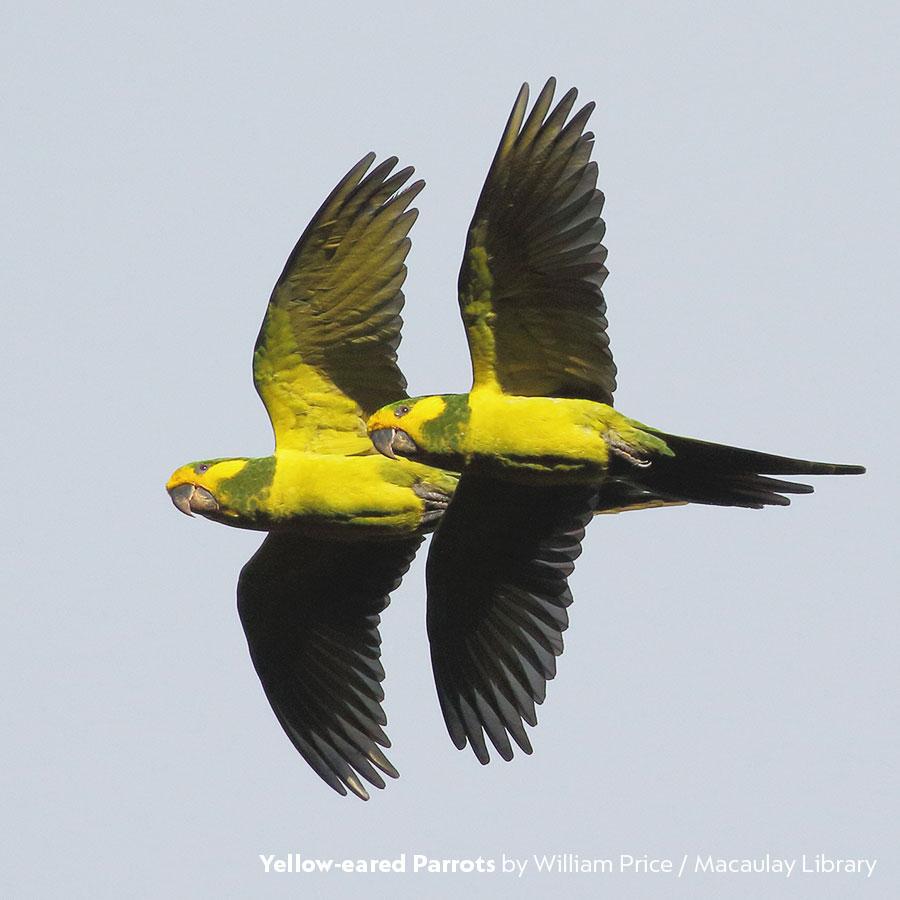
JUAN DIEGO:
Yes, absolutely. Last year, at a coffee farm in our project area in Colombia, a raucous flock of parrots was spotted swooping overhead. The flock settling into the trees in a patch of forest turned out to be 15 Yellow-eared Parrots. These are an endangered species found only in Colombia!
VIVIANA:
It triggered a plan to restore the native and endangered species of the wax palm tree, which provides critical nesting habitat for these Yellow-eared Parrots. The birder who discovered the parrots on the farm, José Castaño, is a local biologist who’s been studying the species for 20 years. He even said that Nespresso’s program provides one of the best hopes for the parrot’s future.
JUAN DIEGO:
And the Yellow-eared Parrot is an indicator species. So, if the parrot is safe, that indicates many other species are safe too.
SO WHAT HAPPENS NEXT?
VIVIANA:
More results. Now that we’ve laid down a baseline of data about bird populations on AAA Nespresso farms, we will measure the effects of specific regenerative practices on bird communities, at the landscape and farm levels.
ERIC:
As per the Yellow-eared Parrot example, we will be guiding strategic decisions for farm management in the various regions in accordance with the needs of the bird populations, both residents and migrants. It will definitely better inform the selection of native trees as part of our agroforestry plan: more tree diversity, more bird diversity, healthy ecosystems – a simple but powerful demonstration of what Regenerative Agriculture is all about.
JUAN DIEGO:
Our collaboration with Cornell is one of the cornerstones of our strategy on biodiversity. Its framework will enable us to plan and monitor biodiversity performance at the corporate level, with the support of IUCN. And through social media activations, we also see a great potential for further consumer engagement. My wish is for consumers to connect Nespresso coffee flavours profiles with the beautiful colours and sound of birds hosted in AAA farms.
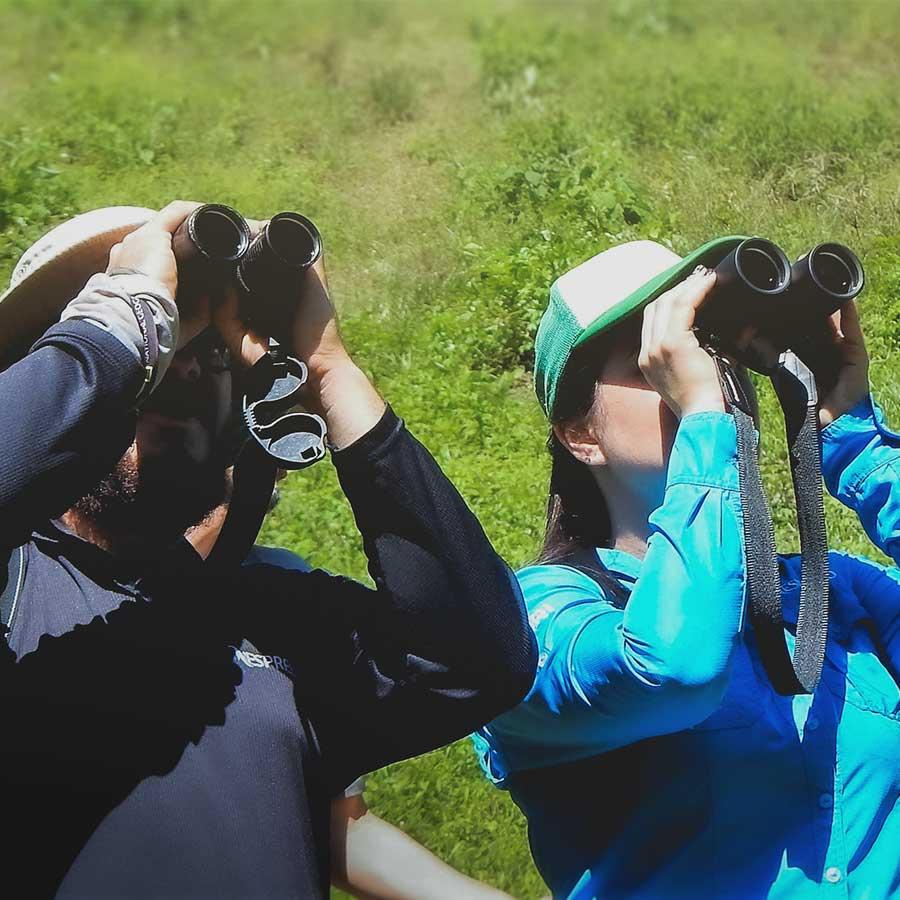
READ REPORT: THE SOUNDS OF SUSTAINABILITY
READ REPORT: NESPRESSO AND BIODIVERSITY
VISIT WEBSITE: THE BIODIVERSITY PROGRESS INDEX
THIS ARTICLE USES IMAGES SUBJECT TO COPYRIGHT © PUR, © THE CORNELL LAB OF ORNITHOLOGY, © P.J. STEPHENSON, IUCN, © Macaulay Library.
Article published in: May 2021




